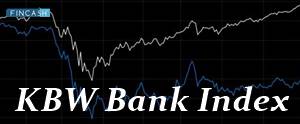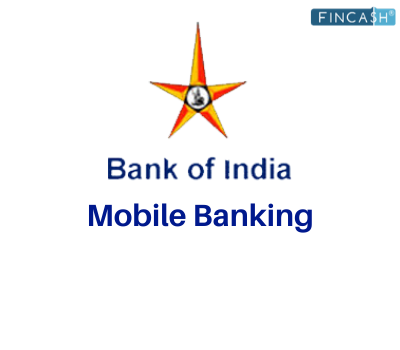KBW Bank Index
What is the KBW Bank Index?
The KBW Bank Index is one benchmark stock index of the entire banking sector. It was developed by an investment bank – Keefe, Bruyette and Woods, which has expertise in the Financial Sector.

It comprises a weighting of 24 different banking stocks that are selected as indicators of the Industry group. Generally, these stocks represent large thrift institutions, regional banks and national money centre banks in America.
How does the KBW Bank Index Work?
The KBW index uses a method of Float-adjusted modified-Market capitalization-weighting. The components of this index are selected by a committee of five people, four of whom are employees of KBW, and the remaining one is the full-time employee at the Nasdaq exchange.
This committee has a quarterly meeting in March, June, September and December and their selection criteria replicate specific geographic segments, industry and market that are chosen from the largest banking companies.
The index concentrates on banking and destresses components that would be significantly related to insurance or investment. For instance, Berkshire Hathaway, Metlife and Goldman Sachs are prominently absent from the KBW components, despite the stocks of these firms being listed in other similar index holdings.
On October 21, 1991, this index got a set initial value of 250. In September 1992, options started trading. And then, KBW started its life at the Philadelphia Stock Exchange, which was purchased later by Nasdaq.
Dissemination and calculation of the index’s value take place once every second throughout the regular trading day with a symbol of BKX. For several years, the KBW Bank Index remained a standard benchmark index in the stock market for the banking sector.
Talk to our investment specialist
It also was the only single way to trade the extensive banking sector, courtesy to the options market that came before the arrival of Exchange-Traded Funds (ETFs). With numerous other choices to represent this sector, the KBW bank index is no longer the only index that represents the banks.
Now, there are ETF versions of the index, such as PowerShares KBW Bank ETF that has a trading symbol of KBWB. Such ETFs are attempting to keep a track on the Underlying index by owning a similar mixture of component stocks.
However, no ETF can accomplish the precise correlation because of the fund’s prerequisite to put up any improvement of shares.
All efforts have been made to ensure the information provided here is accurate. However, no guarantees are made regarding correctness of data. Please verify with scheme information document before making any investment.












